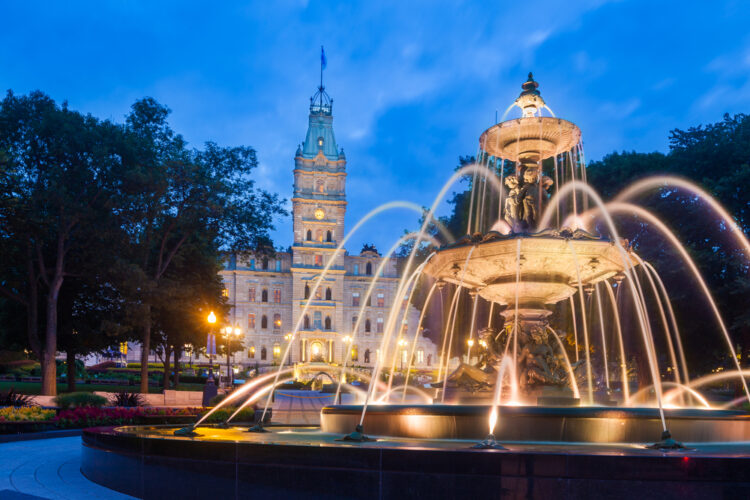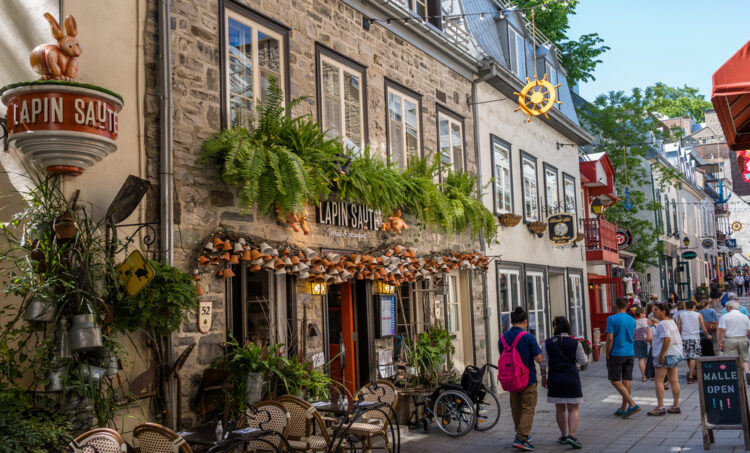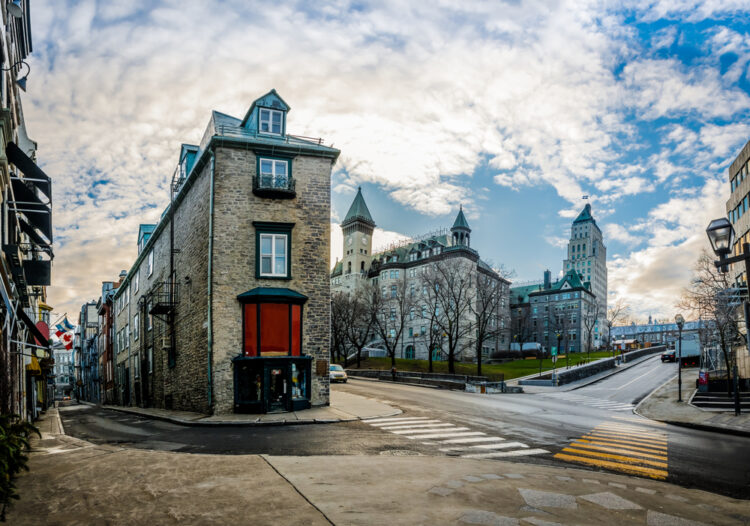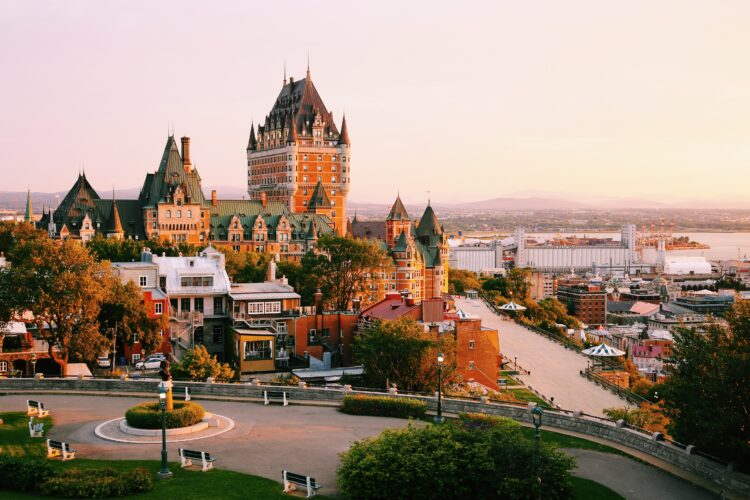Quebec City, the heart of French Canada, is a jewel of history, culture, and culinary delights. The city’s distinct European charm, blended with its rich heritage and vibrant culture, makes it a haven for travelers seeking a unique experience. Quebec City is located in the southeastern part of the Canadian province of Quebec, approximately 233 kilometers northeast of Montreal. It’s the capital city of the province and one of the oldest European settlements in North America.
The city was founded by Samuel de Champlain, a French explorer, on July 3, 1608. As a strategic location along the St. Lawrence River, it played a significant role in the history of New France and, later, Canada. Its old town, the “Vieux-Québec,” is the only fortified city north of Mexico with its walls still intact, a testament to its storied past.

The architecture in Quebec City is a confluence of different periods, styles, and influences, but it is distinctly French in its core. Walking through the narrow, winding streets of Old Quebec feels like stepping back in time into a European city. The most prominent building, the Château Frontenac, designed by American architect Bruce Price, is a grand hotel and an iconic symbol of the city. Its castle-like appearance dominates the city skyline, embodying the Châteauesque style, characterized by high-pitched roofs, towers, and ornamental details.
The city’s architecture is not limited to its historic structures. Modern edifices, like the Musée de la Civilisation, offer a contemporary contrast, reflecting the city’s progress without eroding its old-world charm.
Quebec City is proudly French. It’s one of the few cities in North America where French is the primary language, spoken by over 95% of the population. The city is a celebration of Francophone culture, from its cobblestone streets named in French to its cuisine, music, and festivals. Quebec City’s culture blends its French roots and North American influences. It is a city that celebrates its history and traditions, whether through the annual Winter Carnival, one of the world’s largest winter festivals, or Saint-Jean-Baptiste Day, a public holiday in Quebec.

The Quebec separatist movement is a significant and controversial part of Quebec’s history and identity, rooted in the province’s distinct language, culture, and history. The movement emerged in the mid-20th century, driven by the sentiment among many Quebecois that their unique interests and identity were not adequately represented within the broader Canadian federation. The intensity of the separatist movement has lessened, but the debate over Quebec’s place within Canada continues to shape the province’s political, cultural, and social landscape.
The city has a thriving arts scene with numerous museums, art galleries, and performance venues. It’s also known for its music, particularly during the summer when music festivals like the Festival d’été de Québec take over the city.
Quebec City’s old-world charm, stunning architecture, rich history, and vibrant cultural scene make it a unique destination in North America. Its popularity is also boosted by its relatively small size, making it easy to explore on foot. Old Quebec is a UNESCO World Heritage site and home to the Château Frontenac, the Petit Champlain district, the Notre-Dame-de-Québec Basilica-Cathedral, and the Place Royale.

A walk along the fortifications of Quebec City offers not only a glimpse into the city’s past but also stunning views of the city and the St. Lawrence River. For an even better view, head to the Observatoire de la Capitale, which offers a 360-degree panorama of the city from 221 meters above the ground. The Plains of Abraham, a historic area within The Battlefields Park was the site of the pivotal 1759 battle between the French and British, which shaped the future of North America. Today, it’s a beautiful urban park ideal for walking, picnicking, and even concerts during the summer.
A trip to Quebec City would only be complete with a deep dive into its culinary scene. Try classic Quebecois dishes at local bistros, enjoy fine dining at one of its many gourmet restaurants, or visit a local market like the Marché du Vieux-Port to sample local produce and specialties.


